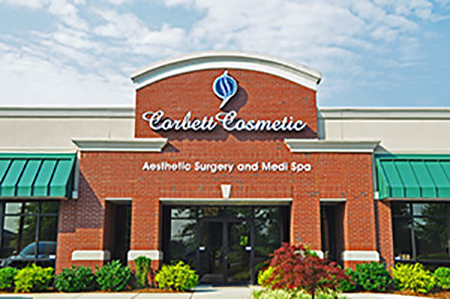Fillers represent the single largest growth sector of aesthetic medicine over the past few years yet I don’t think a lot of people know what they are or how they are used.
So here’s Filler 101. Most of the fillers out there today, Restylane® and Juvederm® are the most common ones, are composed of Hyaluronic Acid (HA). HA is a protein that is already all over your body. It’s in your skin and joints and connective tissue. HA’s have replaced Collagen injections because they last longer and are easier to use. The longevity of the fillers varies but tends to be many months at least with some of them lasting several years.
Uses: Fillers fill and that’s how we use them. They are not intended to smooth fine lines or crows feet or frown lines. That’s what the toxins do, think Botox® and Dysport®. Fillers restore volume to your face. As we age, our faces loose volume, particularly our midface. The mid face is the area between your lower eyelids down to the bottom of your nose. What happens is the fat pads we have in that area tend to shrink and descend. So, with the fillers we can safely restore that volume. It’s that simple.
Now, fillers can be used all over the face and commonly are. We inject them in the temple, between the eyes, in tear troughs, the nose, cheeks, nasolabial folds, marionette lines, lips and along the jawline. They are very versatile.
The lip injections are what most people see and they are the reason, based on the comments I hear from women, that some patients shy away from fillers. Some patients prefer a larger lip that some others may see as being “over done”. This is really a matter of opinion but the point is, if you see a patient with a very full lip or cheek or wherever, it’s because they like it that way. They have simply requested more filler. You don’t automatically get huge lips just because you inject some filler. Some patients request 1 syringe ( 1cc) of filler, others 3 or 4 syringes.
Fillers are injected in the office usually with topical anesthesia. The whole process takes about 30 minutes. After, you can have some swelling, or bruising and the area may be a little tender for a while. Overall there is very little down time associated.
So there’s a brief summary of fillers. If you are interested or have more questions please just contact our office. 502.721-0330.
Lee Corbett, MD
Medical Director of Corbett Cosmetic



